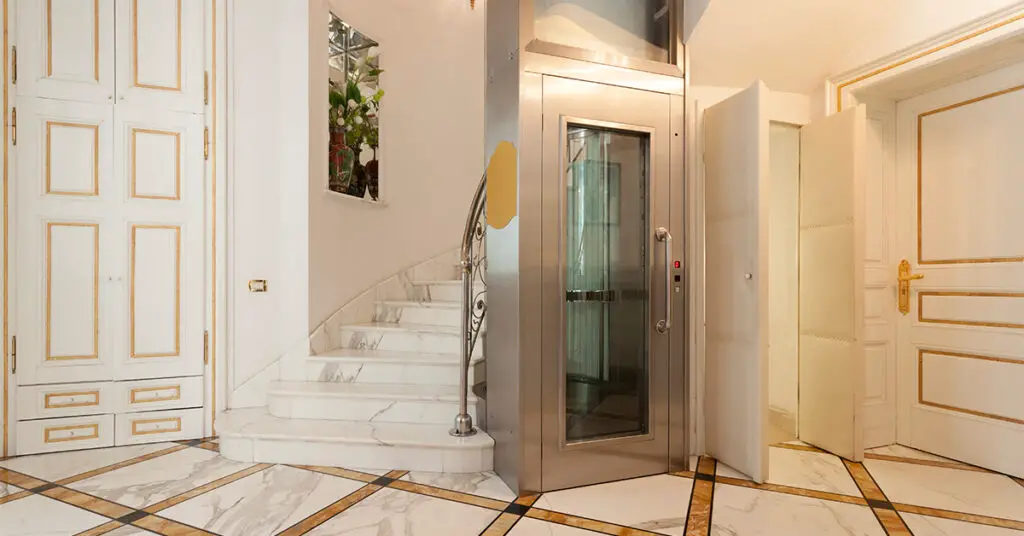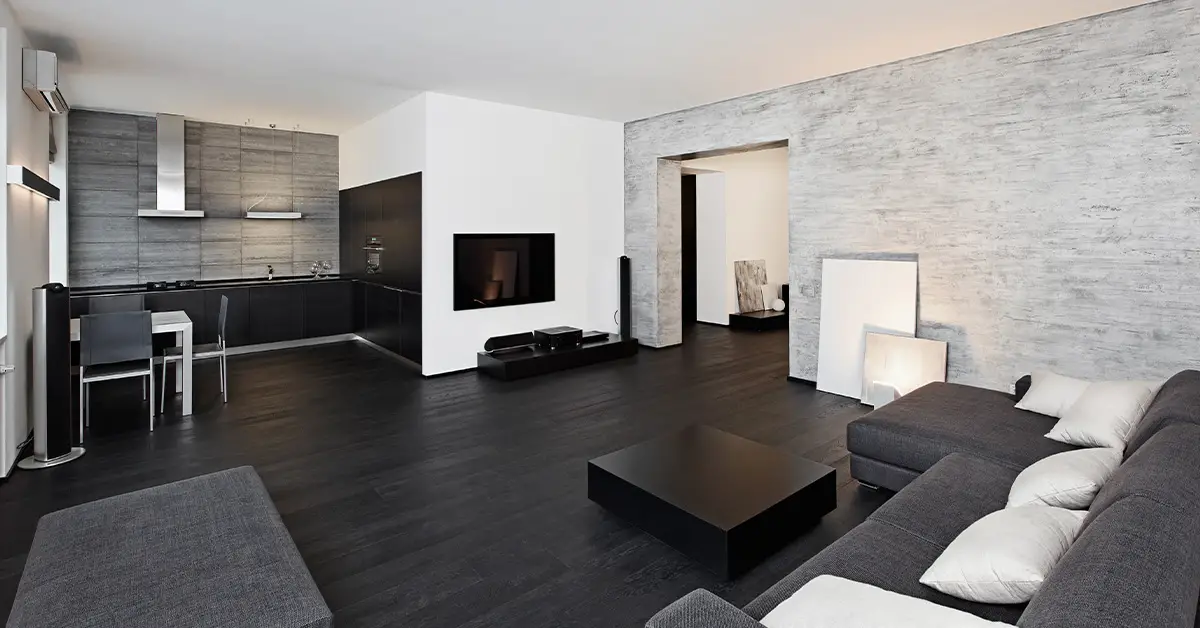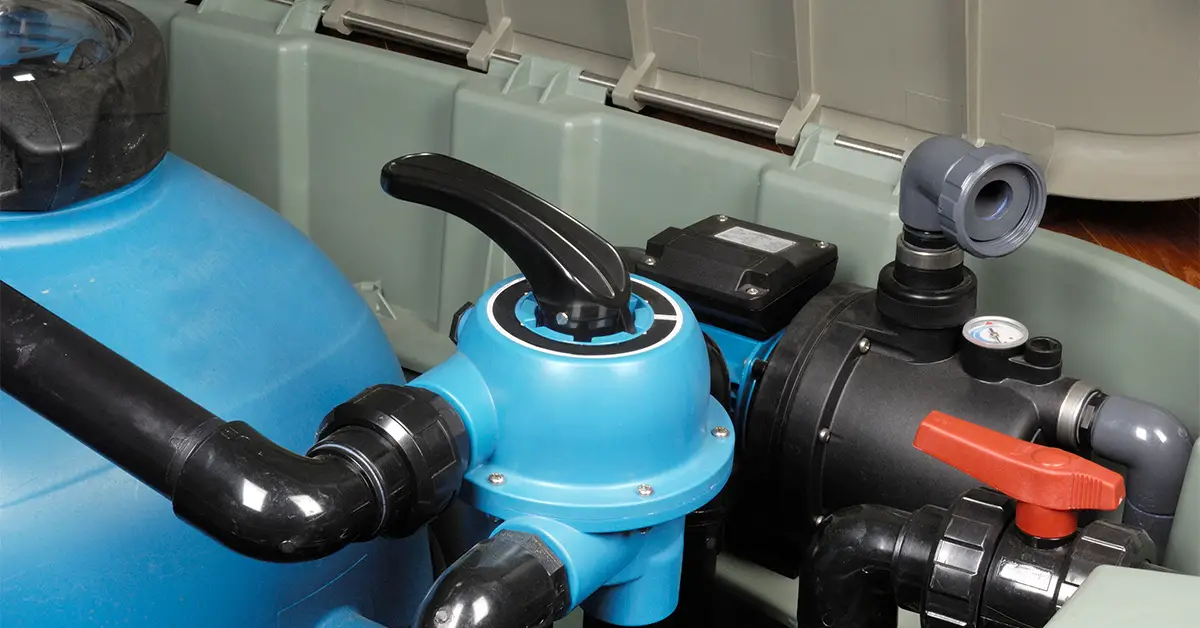The process of placing an elevator at home can be time-consuming because of the construction and installation involved. However, there are benefits of installing an elevator in a two-story house. Read on to know more about the costs involved, and the advantages of having an elevator installed inside your two-story house.
Table of Contents
Home elevator prices
The cost of putting an elevator in a two-story house is based on its carrying capacity, its size and speed, and its safety features. Also, if your house is being newly-constructed, the hoistway construction cost should also be taken into consideration.
Another factor that has a big impact on the overall budget for building an elevator is the model of elevator that you choose- roped hydraulic, overhead traction, winding cable drum, or overhead winding cable.
So, to answer the question, how much does it cost to put an elevator in a 2 story house, a residential elevator that comes in traditional style serving 2 floors can cost approximately $30,000, with an added $10,000 for every floor that you add later on.
This pricing is based on use of standard equipment, and can alter significantly if extra cab entrances are added or if the cab finish is custom-made. The installation charges can be between $5000 and $10,000.
Cable-driven elevator cost– The cost of this type of elevator for your two-story house is about $20,000 to $30,000.
Chain-driven elevator cost- The pricing of this elevator type is approximately $25,000.
MRL elevator cost– This elevator type costs approximately $10,000- $18,000.
Pneumatic elevator cost– The average cost of this elevator type is $20,000-$28,000.
Installation costs
A well-reputed and credible company for building residential elevators will include the installation costs to the overall price at the time of presenting a quotation. Installation expense should be added to the total amount when quoting a price for installing a residential elevator. While the cost for building elevators in a new house is relatively lesser than that of an existing house, it is generally $5000-$10,000 based on the home layout.
Is It Worth It?
The enormity of advantages associated with installing a residential elevator makes it a worthy investment. Here are some major benefits listed for you:
Provides Convenience– An elevator is a space-saving installation because it moves in a vertical direction. Moreover, it provides convenience in terms of energy and time when you have to carry heavy items back and forth on a regular basis.
Increased Accessibility- Navigation is made better in a two-story house when an elevator is installed in the building. This way, your house becomes more accessible, especially if you have aging members, or individuals with health issues at home.
Enhanced Safety– Using the stairs can be challenging for some homeowners because of the risk of falling or pestering knee pain. Elevators can help you avert such a situation, and can also prove helpful in case of emergency situations if there are features such as in-built phone in them.
Increased Resell Value– Most homeowners seek mobility, convenience, and safety features when investing in a new home. Installing an elevator can significantly increase the value of your house. It can be the main reason why buyers will be interested in purchasing your property once you decide to sell it.
What to consider before building
So, now that you know how much does it cost to put an elevator in a 2 story house¸ you must also know what considerations you should make before building a residential elevator. The following lines will help you get a better understanding of the factors involved:
The Aging Factor- One of the best ways to know if the investment is worth it or not is by deciding how long you want to stay in that particular house. If you plan to spend the rest of your life, growing old in the two-story house, adding an elevator would help you stay independent, and combat your concerns regarding mobility when you start aging.
The Space Factor- Although the residential elevator footprint has come down in the recent past, it is not something that you must neglect as a homeowner. A good amount of space must be made available for installing an elevator at home. If you consider installing a traditional elevator including a shaft, it is possible that certain areas of the house will be limited by the elevator. However, the non-traditional elevators might not be space-consuming because of their construction methods such as inclined platform lifts and through-the-floor elevators.
The Installation Time Factor- Before you invest in installing a residential elevator you should know how long the entire process will take. Generally, building an elevator in a residential property takes 4 to 8 weeks. This is because of the construction of lift type involved- vertical platform, inclined platform, or stair.
The Increase in Value Factor– As mentioned earlier, elevator installation can potentially increase the resell value of your house. This home modification is a worthy investment if you are planning to sell off your property in the future. Potential homeowners are attracted by to the convenience and elegance that an elevator adds to a property.
Keeping these factors in mind will help you prepare yourself for this installation process.
Elevator Maintenance
Building an elevator is not enough, you also have to ensure proper maintenance so that it functions efficiently without any hiccups. These tips will help you increase the lifespan of your residential elevator while averting unnecessary expense on the repair:
If the locking system of the landing door or car gate malfunctions, you should not operate the elevator.
Ensure that the contents within the elevator remain at a 2-inch gap between the cab walls and the cab gate.
Make sure that the weight limit of the elevator does not exceed; never overload your elevator.
You should not operate the elevator in case there is a strange sound coming from it, or in case the ride appears to be unusual.
Never open the elevator’s car gate when the elevator is in motion, or place your feet or hands out through a scissor-style elevator gate’s opening.
You should never bypass, remove, tamper or disable door locks or other safety-related features of the elevator.
Ensure that the elevator stops completely before entering or exiting the elevator.
You should not leave the landing doors open unnecessarily; they should only remain open at the time of entering or exiting the elevator.
Also, consider scheduling regular and preventive maintenance of your residential elevator with a reputed company for elevator repair. This will help you avoid unwanted situations before they occur, and save you unnecessary repair expenses. It should include the following:
- Lubrication
- Inspection
- Replacements and repairs (if necessary, including lamps and light bulbs)
- Adjustments
- Record keeping
The maintenance program should also check for the elevator’s running capacity at rate speed, desired door close/open timing, rated capacity, stops at designated floors, etc.
Finally
Hopefully, you now know how much does it cost to put an elevator in a 2 story house. If you plan on building an elevator for your 3 story house, make sure that you conduct proper research to find a well-reputed company with qualified, experienced professionals to get the job done.







